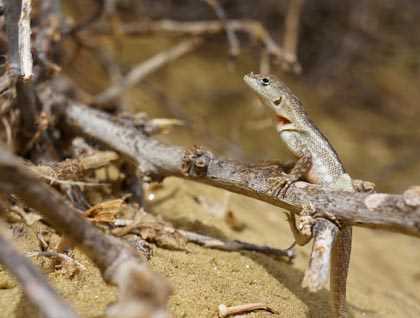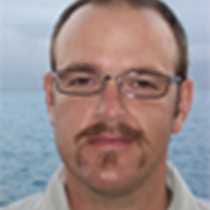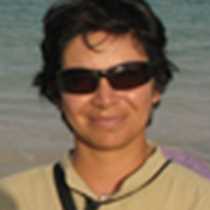We arrive at our final destination, Punta Pitt, on northern San Cristobal Island. The tuff volcanic formations have been weathered by constant wind erosion and markings of past waterfalls are evident as we hike up a washed-out gully. An occasional San Cristobal lava lizard eyes us as we arrive toward the summit. Sparse pioneer plant species line the trail as we reach the northern cliffs. Brightly colored carpetweed adds some contrast to this desolate land as we encounter a nesting area for red-footed boobies. The nests are built upon the Galapagos clubleaf bush, a vibrant succulent in this dry zone, and we encounter an egg in a nest. Red-billed tropicbirds make high-pitched screeches while great frigatebirds search for their next meal rising high above on the updrafts.
By Zodiac, many of our guests explore the coastal area, where storm petrels, red-footed boobies and frigatebirds are abundant. All of us eventually gather at the beach with Galapagos sea lions hosting a beach party. Quite a few sea lions decide that we are worthy of aquatic play, including a couple of young pups that came completely out of the water to splash around with us.
Later on, Captain John weighs anchor and we continue our navigation along the western coast of San Cristobal. This scenery features basalt lava flows, patches of greenery, and the occasional brilliant white flash of coralline sand beach: The same vista that Charles Darwin saw when he visited the archipelago on the HMS Beagle in 1835. We follow Darwin’s trail to Kicker Rock, which appears to be a large boot floating upon the ocean. This afternoon, intrepid snorkelers swam along the cliffs of Kicker Rock, encountering Galapagos sharks and Pacific green sea turtles.
Once the snorkelers are back on board the National Geographic Endeavour, we begin a circumnavigation of the island. As we come to the end of this journey and the sun disappears, it occurs to us that a new journey has just begun with new inspiration and new friends.






